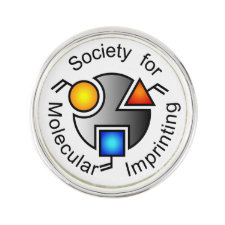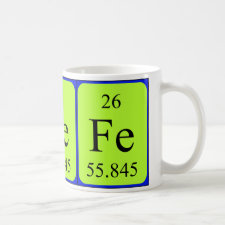Authors: Dakova I, Mitreva M, Karadjova I
Article Title: Fe(II)-ion imprinted copolymer gels - smart materials for Fe(II)/Fe(III) speciation in surface waters.
Publication date: 2021
Journal: Polymer International
DOI: 10.1002/pi.6334
Abstract: The effect of template species - Fe(II) complexes with 4-(2-pyridylazo)resorcinol (PAR) or 2,2'-bipyridine (BP) as well as the functional monomers: acidic (methacrylic acid, MAA) and neutral (hydroxyethyl methacrylate, HEMA) on the extraction efficiency and applicability of Fe(II) ion-imprinted polymers (Fe(II)-IIPs) for iron speciation in surface waters is presented in this study. The polymers were synthesized by precipitation copolymerization of functional monomer, trimethylolpropane trimethacrylate (crosslinking agent) and 2,2'-azobisisobutyronitrile (initiator) in the presence of template and characterized by elemental microanalysis, SEM and BET analyses. Extraction efficiency was examined by batch solid-phase extraction. The equilibrium experimental data of adsorption processes with different sorbents synthesized were fitted by both Langmuir and Freundlich isotherm and discussed from the view point of possible bond formation between monomer and template specie and the stability of prepolymerization complex. Pseudo-first-order and pseudo-second-order kinetic models were tested to elucidate possible controlling mechanism of sorption process for different sorbents. Under the optimum conditions pH 7 and equilibrium time of 30 min the highest extraction efficiency and selectivity toward Fe(II) was achieved for Fe(II)-IIP containing MAA and Fe(II)-PAR complexes as a template. Analytical procedure for Fe speciation was developed and validated with this sorbent. This article is protected by copyright. All rights reserved
Author keywords: precipitation copolymerization, Ion Imprinted Polymer, Solid phase extraction, iron speciation, surface waters



Join the Society for Molecular Imprinting

New items RSS feed
Sign-up for e-mail updates:
Choose between receiving an occasional newsletter or more frequent e-mail alerts.
Click here to go to the sign-up page.
Is your name elemental or peptidic? Enter your name and find out by clicking either of the buttons below!
Other products you may like:
 MIPdatabase
MIPdatabase









